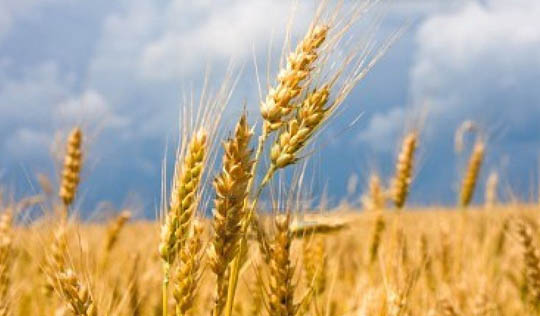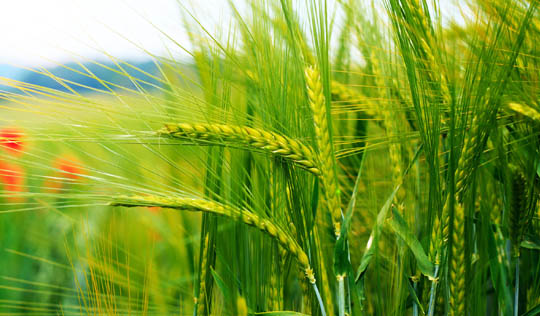14-B, Annamalai Layout,
Post Box No.905, Erode.
Deficiency Symptoms
The first effect of zinc deficiency appears at the tillering initiation stage in the form of fading of tissue between midrib and edges of the leaf (third leaf from the top) in middle or lower half of lamina. This is followed by loss of green colour between the veins and light to dark brown spots (necrotic lesions) in middle of the leaf blade. The necrotic areas intensify and coalesce resulting in collapse of affected leaves from the middle (Plate 1). Plant growth is restricted. Earing and maturity are delayed (Plate 2).





